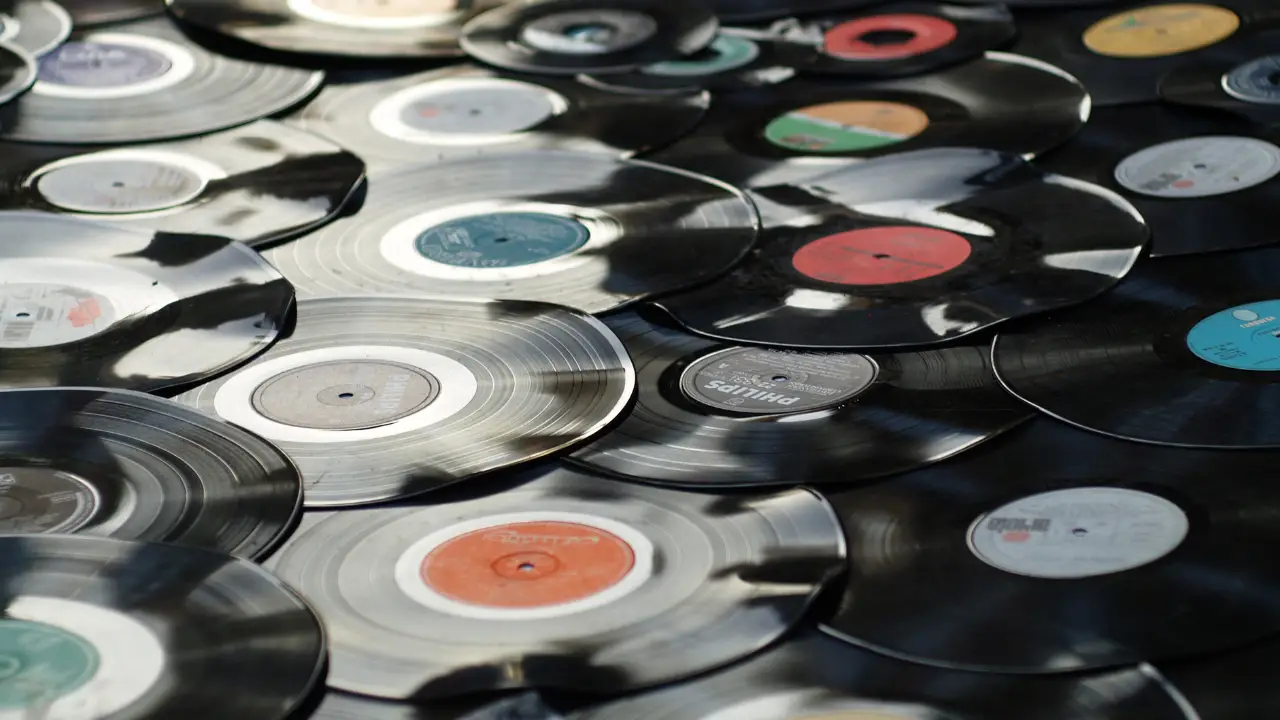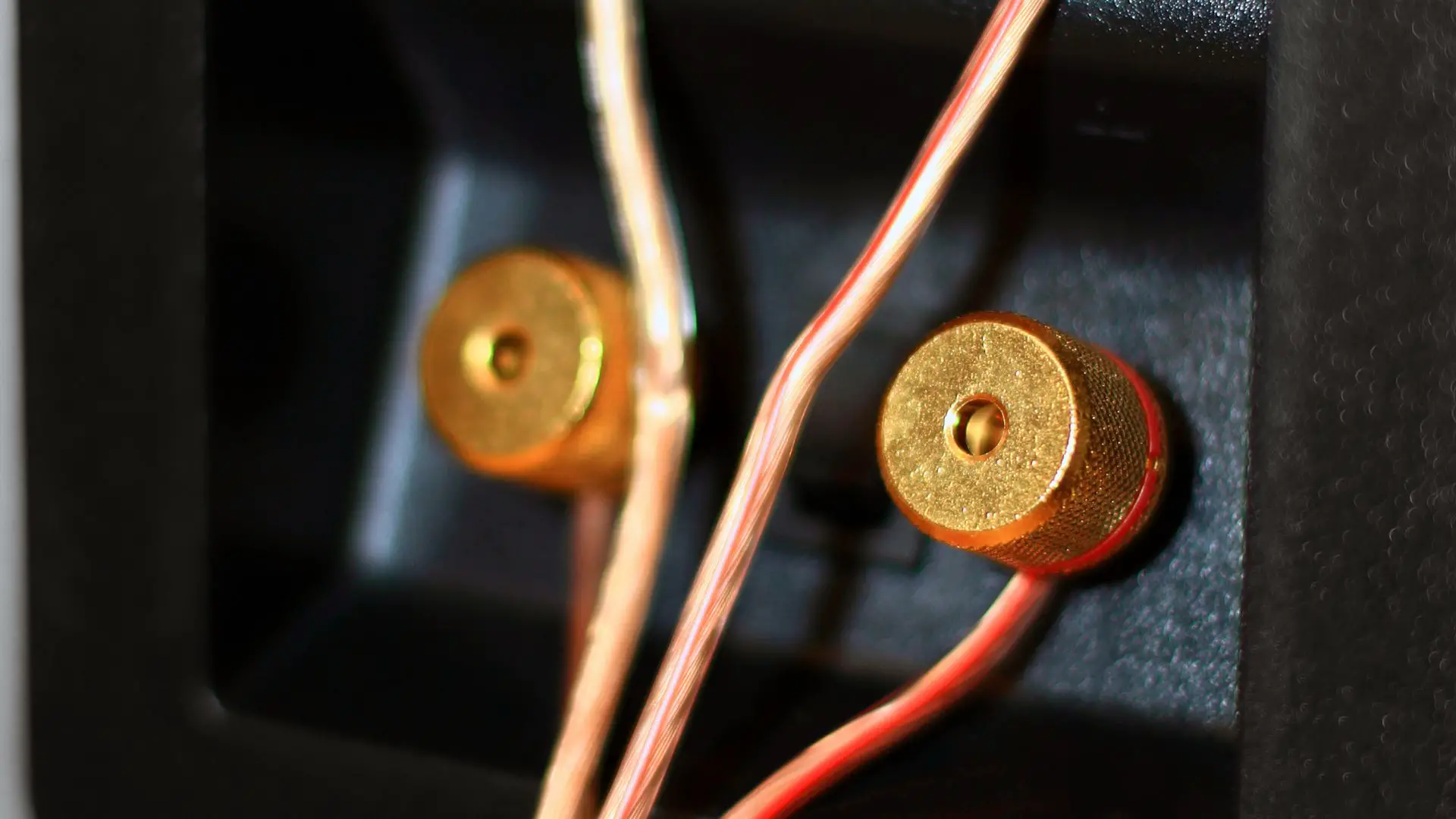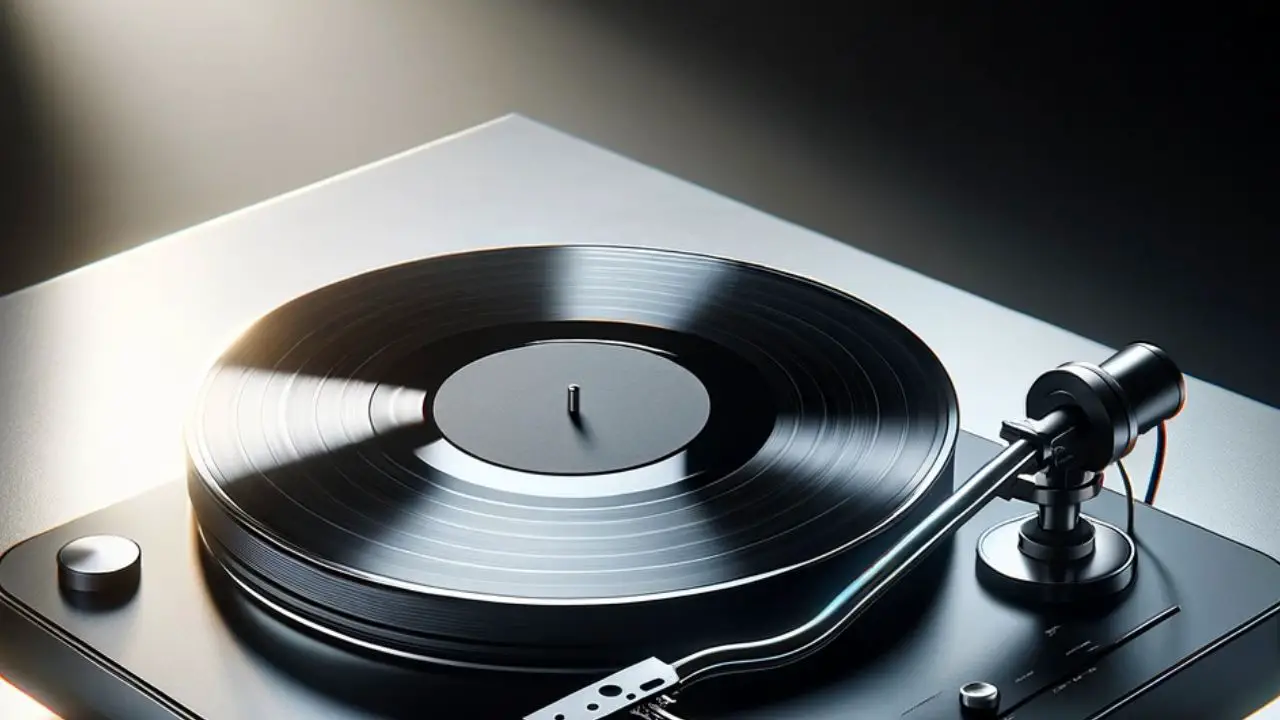Vinyl records have stood the test of time, captivating music enthusiasts with their unique charm and warm sound. If you’re new to the world of vinyl or looking to expand your collection, you may come across different types of vinyl records, distinguished by their rotational speed.
In this article, we will explore the three main types of vinyl records: 33 RPM, 45 RPM, and 78 RPM. Each format carries its own history, characteristics, and listening experience. Join us on this journey of discovery into the world of vinyl records.
The History of Vinyl Records
Vinyl records have a rich history that dates back to the late 19th century. The format gained popularity in the mid-20th century and remained the primary medium for music distribution until the advent of digital formats. Despite facing significant challenges over the years, vinyl records have experienced a remarkable resurgence in recent times, attracting both seasoned collectors and new enthusiasts.
Understanding Rotational Speed
Rotational speed refers to the number of complete revolutions a vinyl record makes per minute. It is denoted by RPM (Revolutions Per Minute) and is a critical factor in determining the playback time and sound quality of a vinyl record. The most common rotational speeds for vinyl records are 33 RPM, 45 RPM, and 78 RPM.
The 33 RPM Format
The 33 RPM (Revolutions Per Minute) format, also known as the LP (Long Play), is the standard speed for full-length albums. Introduced in the late 1940s, the 33 RPM format allowed for longer playing times, enabling artists to showcase their creativity across multiple tracks. LPs are known for their deep bass response and excellent audio fidelity.
The 45 RPM Format
The 45 RPM format emerged in the early 1950s and gained popularity as a single-song format. These records typically contain one song per side and are often referred to as “singles” or “7-inch records.” The 45 RPM format offers higher sound quality compared to its 33 RPM counterpart. It became a favored choice for radio stations and jukeboxes due to its ease of use and quick song access.
The 78 RPM Format
The 78 RPM format was prevalent from the late 19th century until the 1950s. These records were typically made of shellac and played at a faster speed than modern vinyl records. Although 78 RPM records are less common today, they hold historical significance and provide a glimpse into the early days of recorded music.
Differences in Sound Quality
The rotational speed of a vinyl record directly impacts its sound quality. Generally, higher rotational speeds, such as 45 RPM and 78 RPM, offer better audio fidelity and reduced surface noise compared to 33 RPM records. However, the overall sound quality also depends on factors like mastering, pressing quality, and the condition of the record.
Collectibility and Availability
Collectors often value vinyl records for their rarity, uniqueness, and historical significance. Different types of vinyl records may vary in collectibility and availability. For example, 78 RPM records from the early 20th century are highly sought after by collectors due to their limited numbers and historical value. Similarly, certain 45 RPM singles from specific artists or genres can be considered collectible items.
Considerations for Playback
To enjoy vinyl records of different rotational speeds, it is essential to ensure compatibility with your turntable. Many modern turntables offer adjustable speed settings, allowing playback of 33 RPM, 45 RPM, and sometimes even 78 RPM records. However, some vintage or specialized turntables may require additional equipment or attachments to accommodate specific rotational speeds.
The Role of Turntables
Turntables play a vital role in the vinyl listening experience. High-quality turntables with precise rotational speed control and excellent tracking mechanisms can enhance the sound quality and minimize wear on the records. Investing in a reliable turntable is crucial for enjoying vinyl records of different types and maintaining their longevity.
Caring for Vinyl Records
Proper care and maintenance are essential for preserving the lifespan and sound quality of vinyl records. It is important to handle records with clean hands, store them in protective sleeves, and keep them away from extreme temperatures and humidity. Regular cleaning and maintenance can remove dust and dirt, ensuring optimal playback quality.
Building a Diverse Vinyl Collection

One of the joys of collecting vinyl records is the opportunity to explore diverse music genres. From classic rock and jazz to electronic and hip-hop, vinyl records offer a wide range of musical experiences. Building a diverse vinyl collection allows you to immerse yourself in different sonic landscapes and discover new artists and albums.
Exploring Various Music Genres
Vinyl records cater to a wide array of music genres, each with its own unique sonic characteristics. Whether you are a fan of the warm melodies of jazz, the energetic beats of electronic music, or the raw power of rock, there is a vinyl record out there waiting to be discovered. Exploring various music genres on vinyl allows you to engage with the music in a more intimate and immersive way.
Conclusion
The world of vinyl records offers a delightful journey of exploration, where music lovers can experience the magic of different rotational speeds and the distinct qualities they bring to the listening experience. Whether you prefer the long playtime of 33 RPM LPs, the convenience of 45 RPM singles, or the historical charm of 78 RPM records, each format has its own allure. Embrace the diversity of vinyl records and immerse yourself in the captivating world of music.
FAQs
1. Can I play 45 RPM records on a turntable designed for 33 RPM? Most modern turntables offer adjustable speed settings, allowing playback of both 33 RPM and 45 RPM records. Ensure that your turntable supports the desired rotational speed and adjust it accordingly.
2. Are 78 RPM records still being produced today? While 78 RPM records are not commonly produced today, there are specialized labels and collectors who release limited editions or reissues of certain recordings on 78 RPM format.
3. How do I determine the rotational speed of a vinyl record? The rotational speed is usually indicated on the record label or sleeve. Look for a number followed by “RPM” to identify the correct speed at which to play the record.
4. Do different rotational speeds affect the lifespan of vinyl records? The rotational speed itself does not significantly affect the lifespan of vinyl records. Proper handling, storage, and regular maintenance are more critical factors in preserving the condition and longevity of vinyl records.
5. Can I mix and match different rotational speed records in my vinyl collection? Absolutely! Many vinyl collectors enjoy having a diverse collection that includes records of various rotational speeds. Mixing different types of vinyl records adds variety and allows for a richer listening experience.




